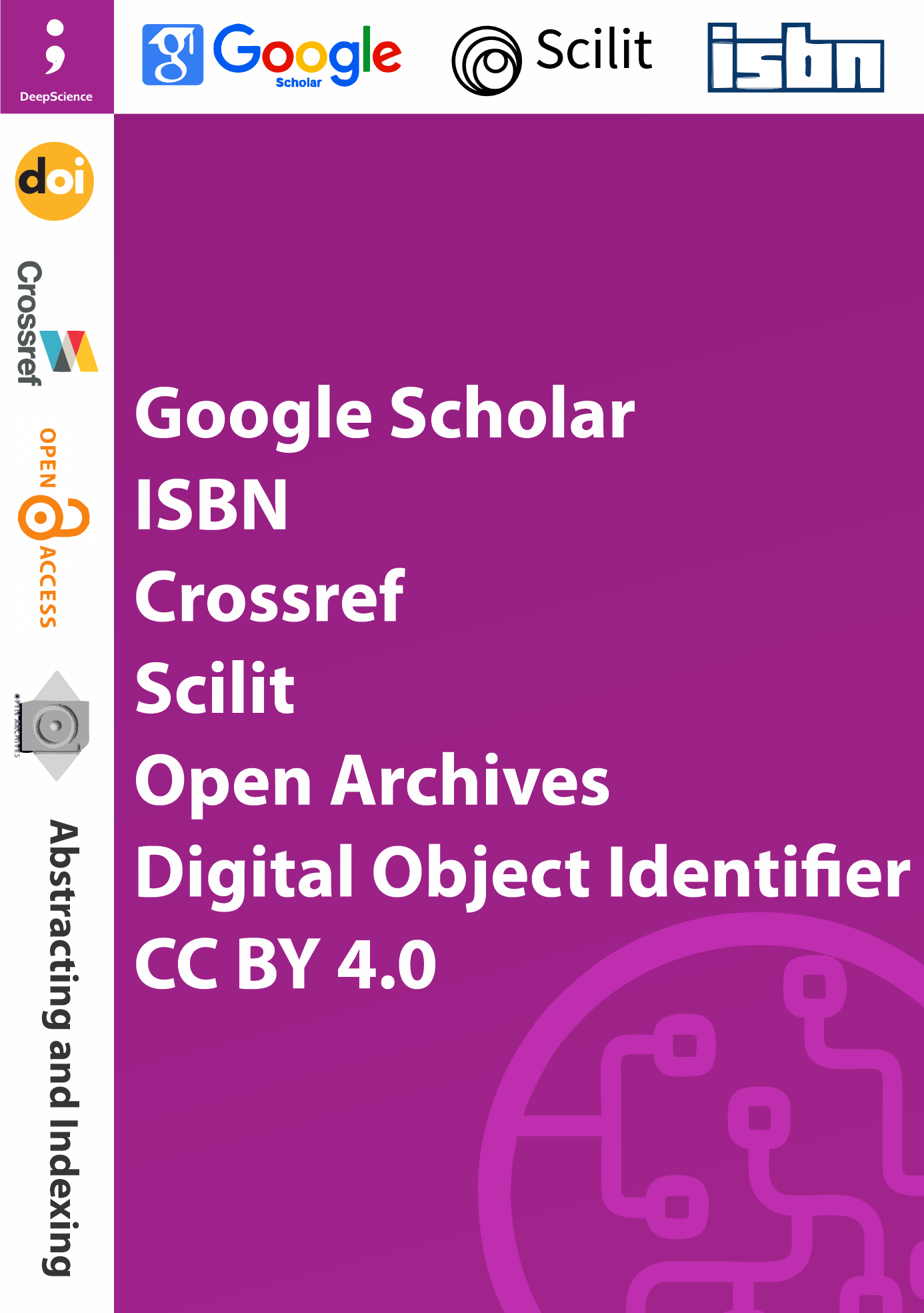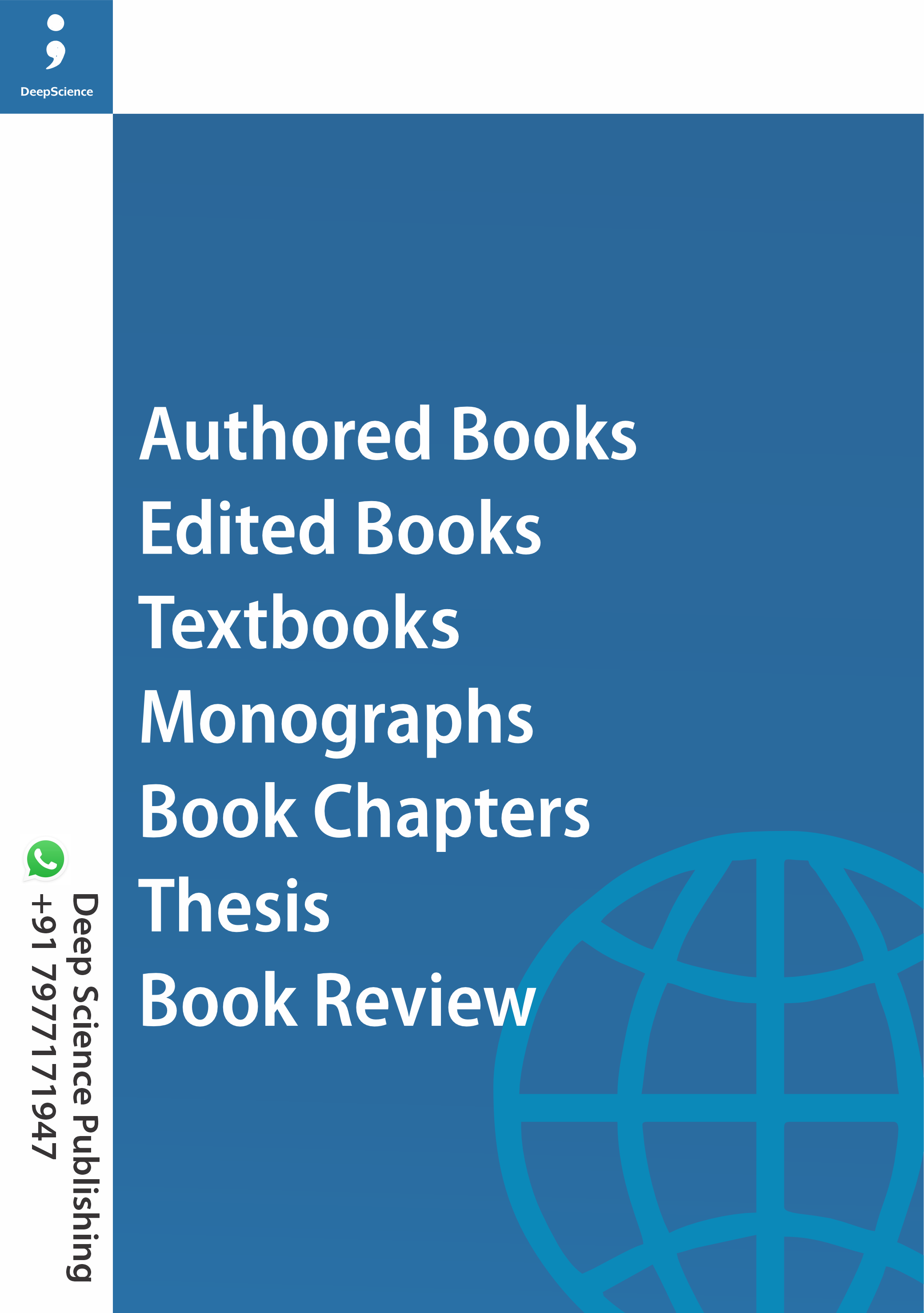Maximizing wireless bandwidth efficiency through spectrum allocation and cognitive transmission
Synopsis
In traditional wireless communication systems, a limited amount of spectrum is allocated for each service. With the accelerating growth of wireless data traffic, major Internet service providers in the United States have been upgrading their backhaul connections to 1 Gbps fiber-optic lines, while the wireless last-hop link has become a bottleneck achieving only 500 kbps due to the limited amount of allocated spectrum. Because the actual physical bandwidths of wireless links at frequencies lower than 10 GHz are orders of magnitude larger than that of 500 kbps, only a small fraction of the wireless physical bandwidths are utilized for communication. Maximizing the bandwidth efficiency of wireless communication systems means that maximum user capacity can be served for any given amount of spectrum allocation since the user capacity is also directly proportional to the number of code-books available to each user.













